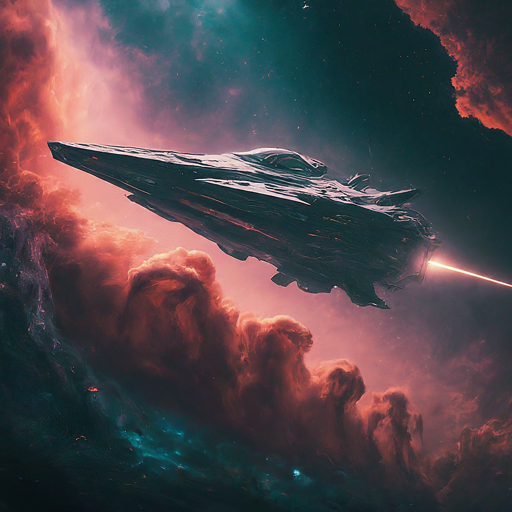Space operas have fascinated audiences for decades with their huge grandeur, creative planets, and daring adventures. Cinematography helps bring these imaginative stories to life. Space opera cinematography transports viewers to faraway galaxies, revealing the cosmos’ awe-inspiring beauty and danger.
The Cosmos Canvas Landscapes of Vastness
Space opera cinematography generally features stunning images of stars, nebulae, and clusters. These huge landscapes emphasize the universe’s immensity and wonder.
Alien Worlds
Cinematographers methodically create strange planets with distinct atmospheres. From rich, vivid planets to harsh, barren landscapes, space opera’s extraterrestrial surroundings enhance immersion.
Dance of Light and Shadow
Nebulae and Star Clusters Light and shadow in nebulae and star clusters generate stunning images. Aethereal heavenly events are often captured by cinematographers using long exposures.
Spaceships and Stations
 Spaceship and space station design and illumination define their identity and function. Cinematographers showcase these structures’ complex intricacies with shadows and reflections.
Spaceship and space station design and illumination define their identity and function. Cinematographers showcase these structures’ complex intricacies with shadows and reflections.
Human Element Character Close-Ups
Humans are vital to space opera despite the vastness of space. Face close-ups show characters’ emotions, fears, and hopes, linking viewers to their travels.
Intimate Moments
Even in difficult situations, cinematographers capture intimate character moments. These scenes provide depth and empathy to the plot, reminding viewers of the human connection in the cosmic spectacle.
Conclusion
Space opera cinematography can transport viewers to otherworlds and inspire awe. Space opera cinematography uses light, shadow, and composition to create an immersive and magnificent experience that will fascinate audiences for years.
